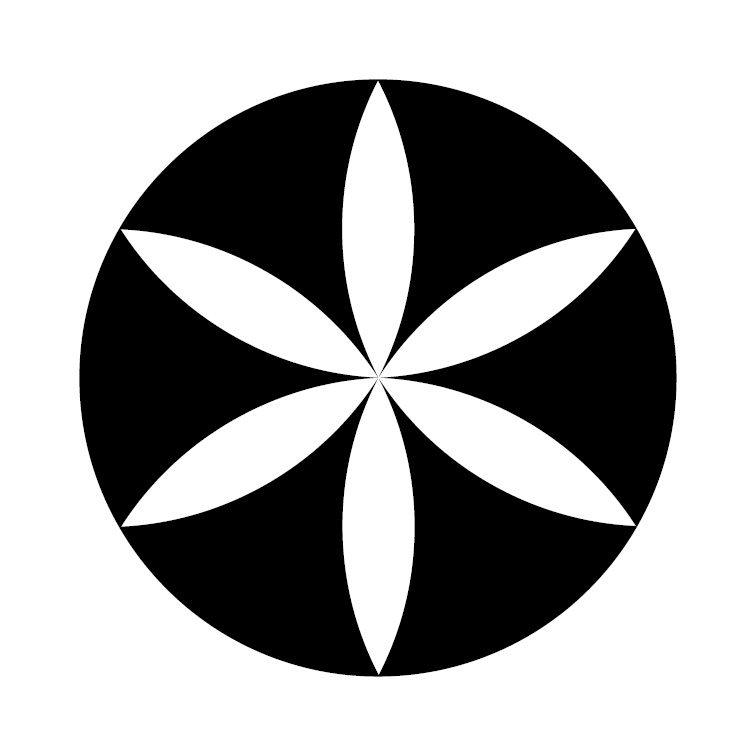Nástenné maľby a pastofórium
Preto vás všetkých, bratia, pobozkaním nôh a s tou láskou, akej som len schopný, úpenlivo prosím, aby ste nakoľko to len budete môcť, prejavovali všetku úctu a všetku česť najsvätejšiemu telu a krvi nášho Pána Ježiša Krista, v ktorom nachádza pokoj a zmierenie so všemohúcim Bohom všetko, čo je na nebi a na zemi. (Sv. František z Assisi. List celému rádu. LRad I, 217, 12-13, okolo 1222 – 1226)
A kdekoľvek by bolo presväté telo nášho Pána Ježiša Krista nedovolene uložené a ponechané, nech sa z toho miesta odnesie a dá na dôstojné a uzamknuté miesto. (Sv. František z Assisi. List klerikom o úcte k Božiemu Telu 1 LKler 209/a, 11.)
Z pôvodnej výzdoby kláštornej chodby (ambitu) sa najviac nástenných malieb zachovalo v jej východnej časti, v dvoch klenbových poliach, neďaleko vstupu do sakristie.
Najstaršie maľby sú zachované v klenbe a na stene vedľa výklenku – pastofória, ktoré slúžilo na umiestnenie a adoráciu Božieho Tela. Výklenok je lemovaný jednoduchým rámom s trojuholníkovým štítom, v ktorom je trojlístková kružba. Po stranách štítu sú fiály, ukončené podobne ako vrchol štítu ornamentálnym motívom krížového kvetu. Vedľa pastofória kľačí dvojica adorujúcich anjelov, ktorí v ruke držia nástroje Kristovho mučenia (arma Christi). Z pohľadu diváka anjel vľavo drží špongiu, ktorú naplnenú octom podali k ústam zomierajúceho Krista a ten, keď ho okúsil povedal: „Je dokonané“. (Jn 19, 29-30). Anjel vpravo drží kópiu, nástroj, ktorým jeden z vojakov prebodol bok Ukrižovaného Krista, z ktorého vyšla krv a voda (Jn 19, 34-35).
Pastofóriu v kláštornej chodbe sa pripisujú rôzne funkcie, napr. jeho prítomnosť je vysvetľovaná ako zachovaná časť zaniknutého prvého kostolíka, alebo ako časť nezachovaného oltára. Vzhľadom na veľkú úctu k Božiemu Telu, ktorú mal, a ku ktorej vyzýval duchovných i laikov sv. František z Assisi, je nanajvýš pravdepodobné, že tvorilo autentickú súčasť výzdoby ambitu. V pastofóriu bola vystavená eucharistia a miesto slúžilo rehoľníkom – menším bratom, k jej stálej adorácii.
Vo vedľajšej ploche je znázornené monumentálne Ukrižovanie. Podobne ako ťažko čitateľný výjav Krista pred Kaifášom na náprotivnej, západnej časti kláštornej chodby predstavujú najmladšie maľby, ktoré vznikli začiatkom 16. storočia. Dnes nevieme povedať, či tieto maľby mohli patriť do rozsiahlejšieho maľovaného cyklu Pašií, alebo ide o solitérne pašiové výjavy. V každom prípade ich vznik súvisel s veľkou úctou sv. Františka z Assisi a františkánov k Ukrižovanému a k utrpeniu Ježiša Krista.
Nástenné maľby v kláštornej chodbe boli objavené počas prvej svetovej vojny riaditeľom levočského gymnázia Elekom Kalmárom. V rokoch 1938 – 1939 ich reštauroval Jiří Jelínek a v tejto podobe sú viditeľné dodnes.
The Murals and Pastophorium
Wherefore, brothers, kissing your feet and with the charity of which I am capable, I conjure you all to show all reverence and all honor possible to the most holy Body and Blood of our Lord Jesus Christ, in whom the things that are in heaven and the things that are on earth are pacified and reconciled to Almighty God. (St Francis of Assisi. Letter to all the Friars, circa 1222 – 1226. The Writings of Saint Francis of Assisi /1906/ 2/II, 111:9)
And wheresoever the most holy Body of our Lord Jesus Christ may be improperly reserved and abandoned, let It be removed thence and let It be put and enclosed in a precious place. (St Francis of Assisi. Letter to all clerics on reverence for the Lord’s body. 1/III, 24)
Most of the murals of the original decoration of the cloister (ambit) have been preserved in its eastern part, in two vaulted fields not far from the entrance to the sacristy. The oldest murals are preserved in the vault and on the wall next to the niche – pastophorium, which served to place and adore the Corpus Christi. The niche is framed by a simple border with a triangular shield, in which there is a trefoil tracery. The shield is flanked by the pinnacles ended, similarly as the top of the shield, with an ornamental motif of the Gothic finial. Next to the pastophorium there is a pair of adoring angels holding in their hands the instruments of Christ’s torture (Arma Christi). The angel on the left, from the viewer’s point of view, holds the sponge, which was soaked in vinegar and held to the mouth of the dying Christ, and when he received it, he said, “It is finished.” (John 19: 29-30). The angel on the right holds the spear, an instrument with which one of the soldiers pierced the side of the Crucified Christ, from whom blood and water came out (John 19: 34-35).
Various functions are ascribed to the pastophorium in the cloister, e.g. its presence is explained as a preserved part of the defunct first church, or as part of an unpreserved altar. Due to the great respect for the Corpus Christi, which St Francis of Assisi had, and to which he called on the clergy and laity, it is highly probable that it formed an authentic part of the decoration of the cloister. The Eucharist was exhibited in the pastophorium and the place served the monks – the Lesser Brothers, for its constant adoration.
The monumental Crucifixion is depicted in the side field. Like the hard-to-read scene of Christ before Caiaphas in the opposite, western part of the cloister, they represent the youngest murals created in the early 16th century. Nowadays, we cannot say whether these paintings could have belonged to the larger cycle of Passion images, or whether they are just solitary passion scenes. In any case, their origin was related to the great reverence of St Francis of Assisi and the Franciscans toward the Crucified and the Suffering of Jesus Christ.
The murals in the cloister were discovered by the director of the Levoča grammar school Elek Kalmár during the First World War. In the years 1938 – 1939 they were restored by Jiří Jelínek and stayed visible in this form.
